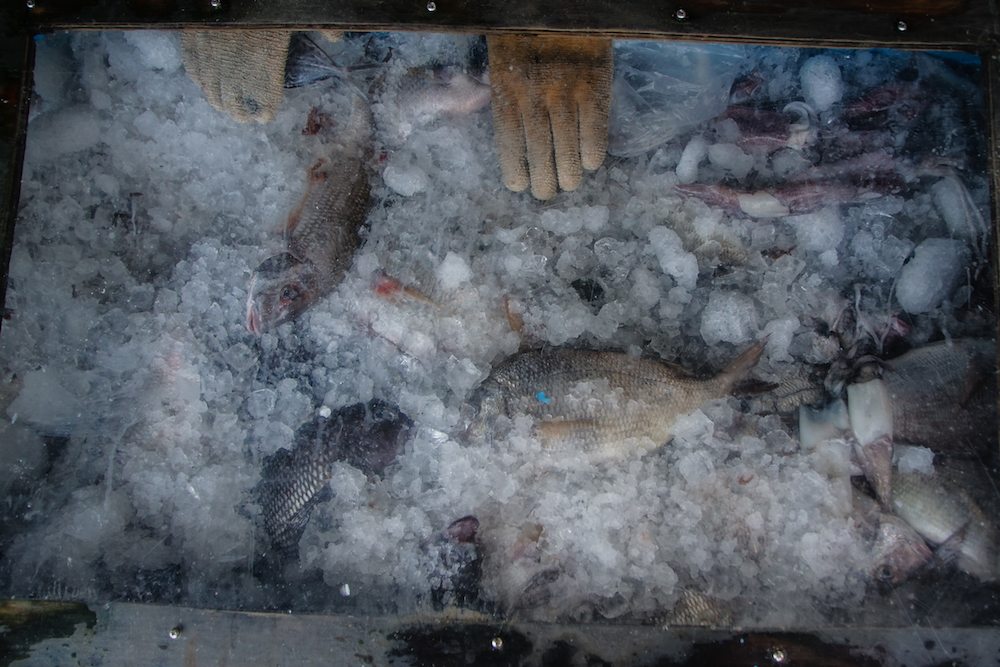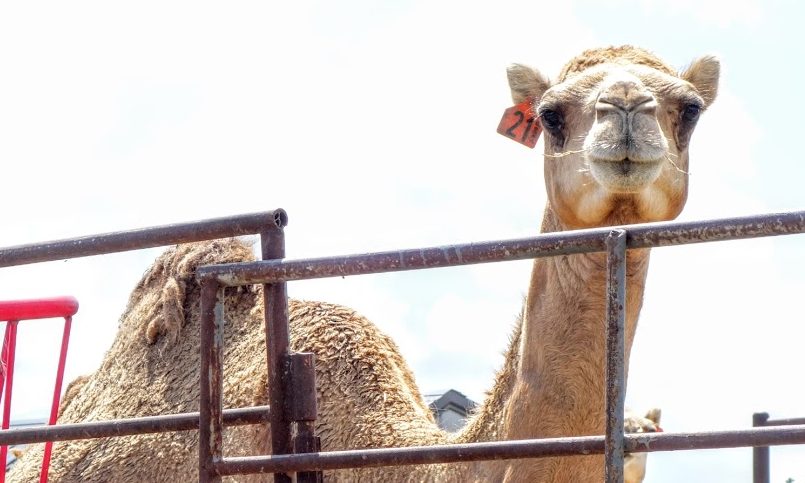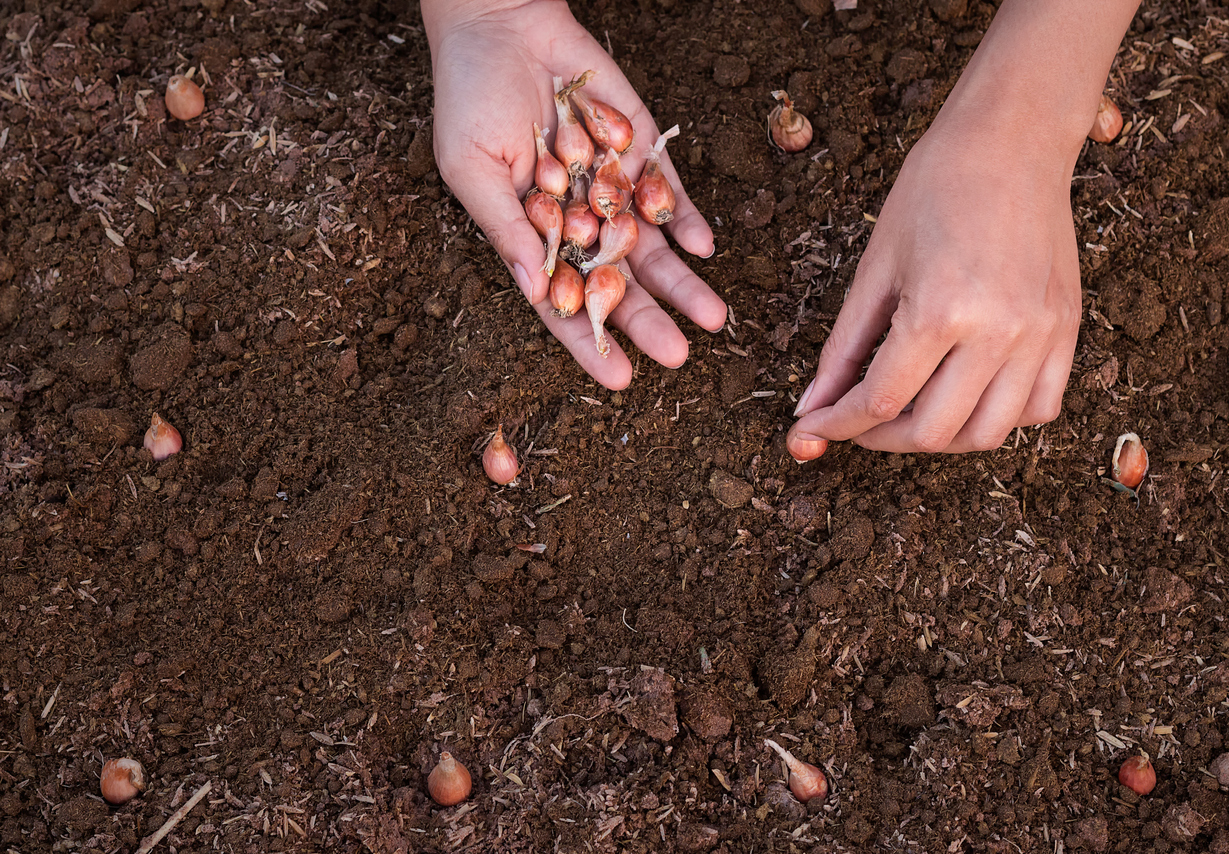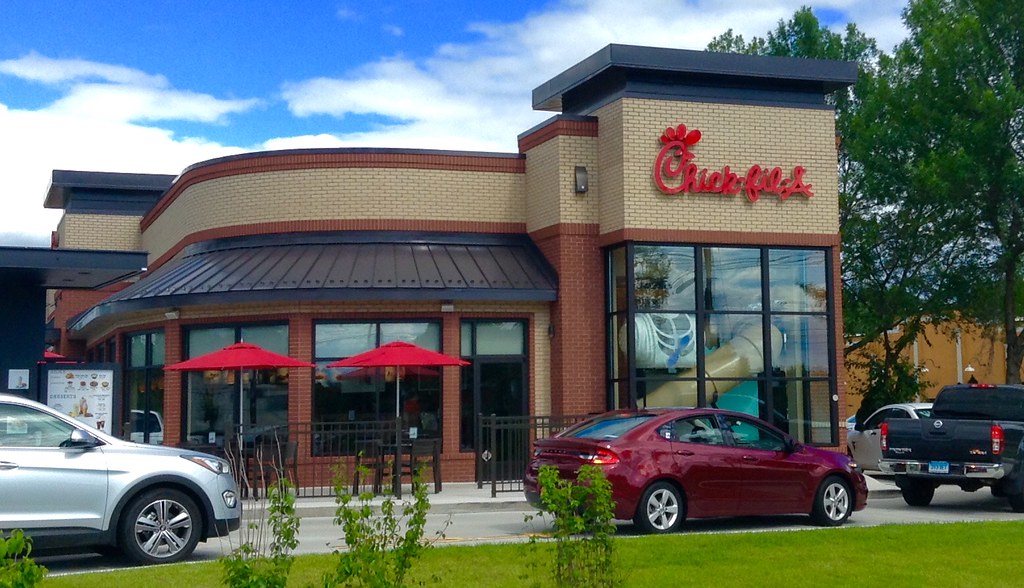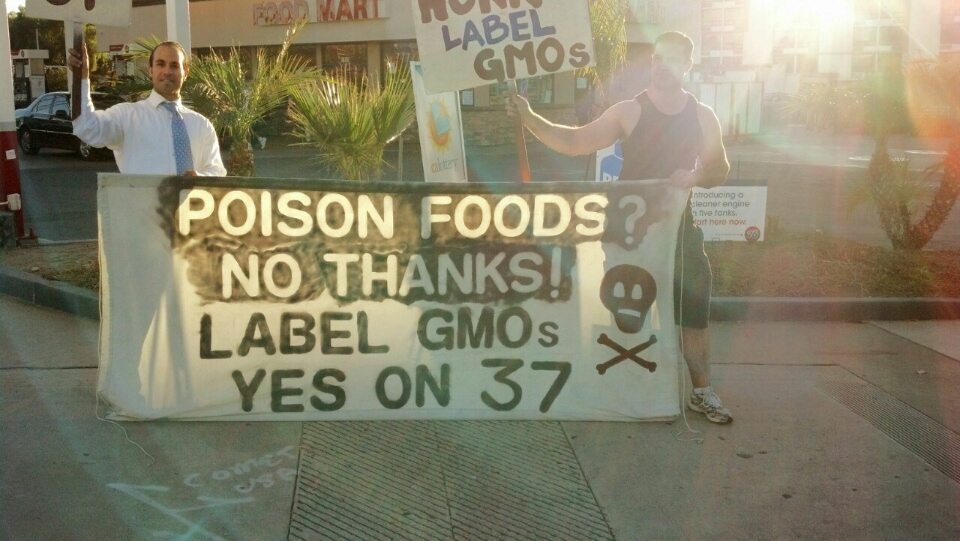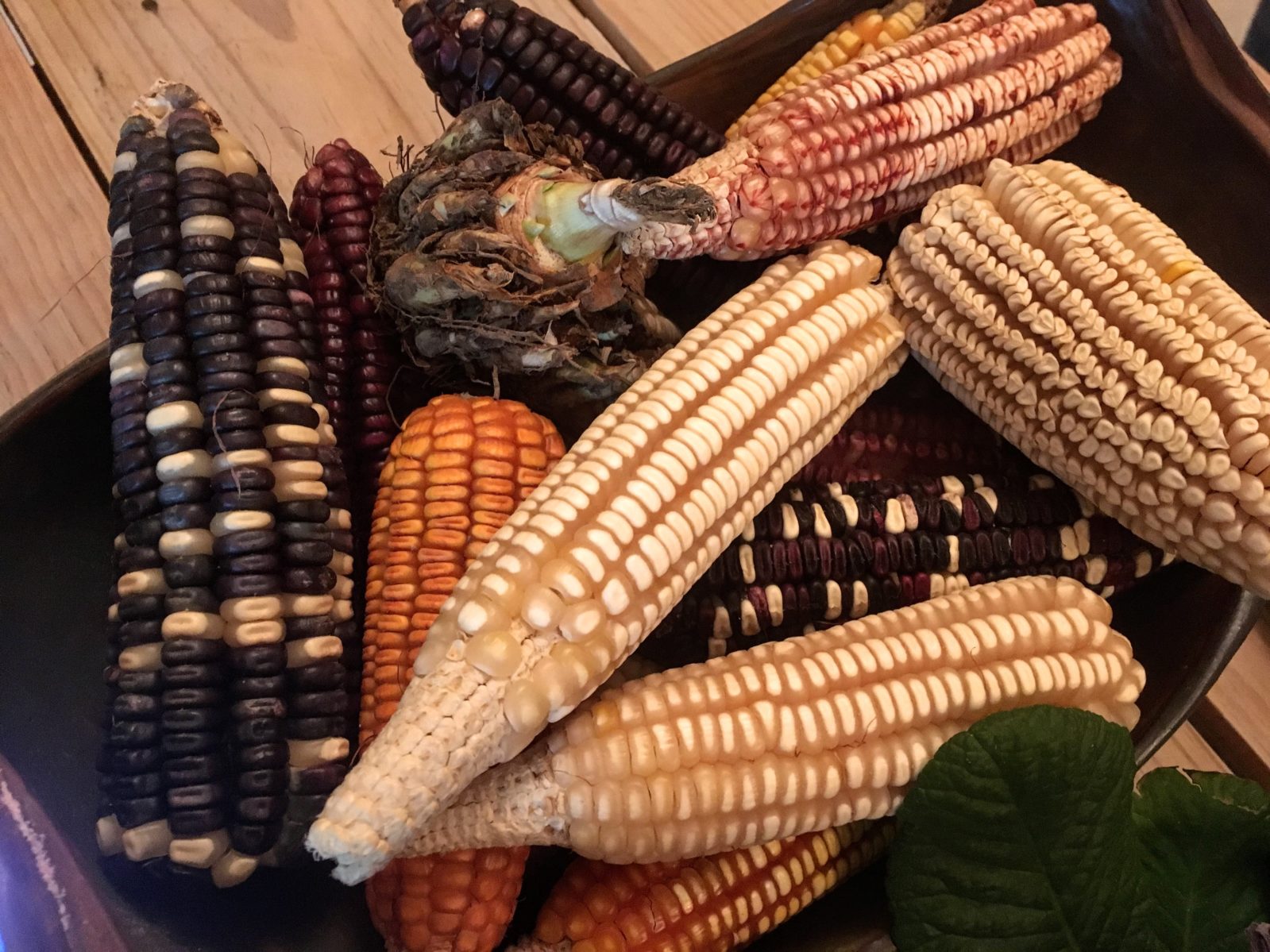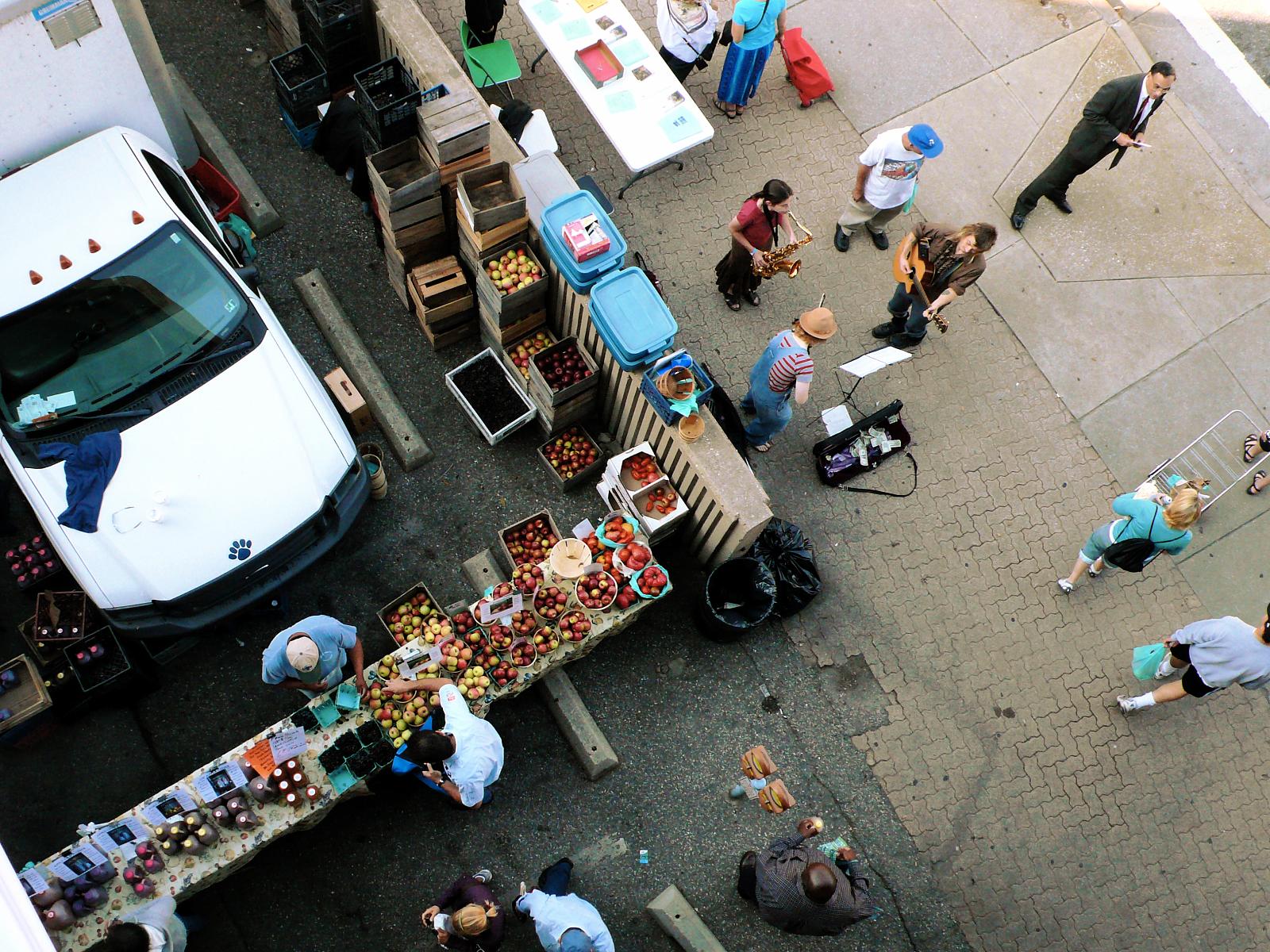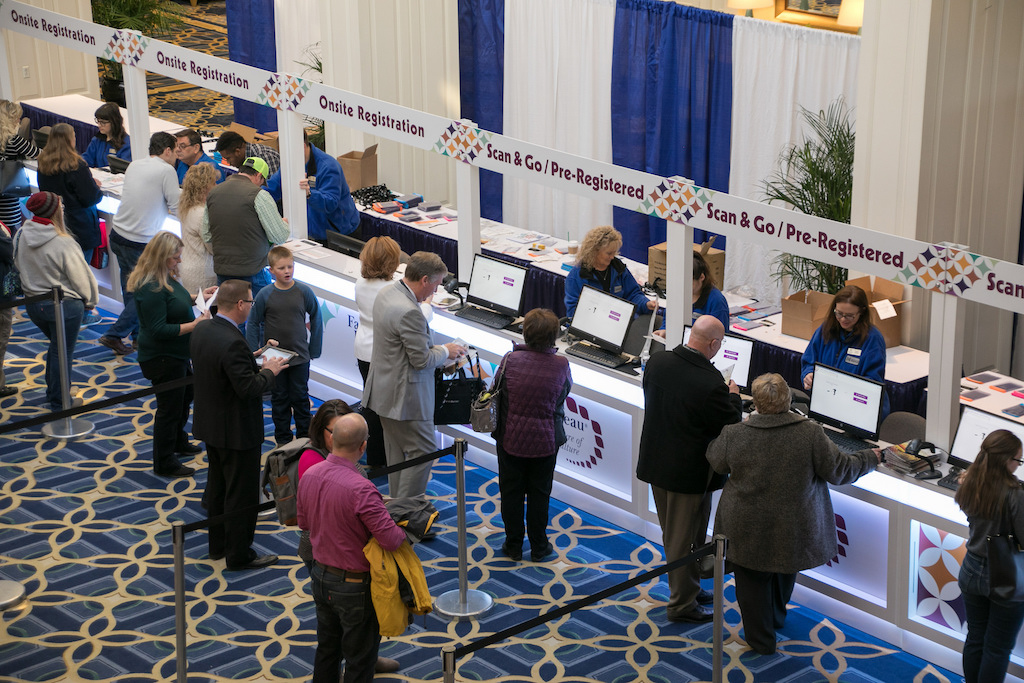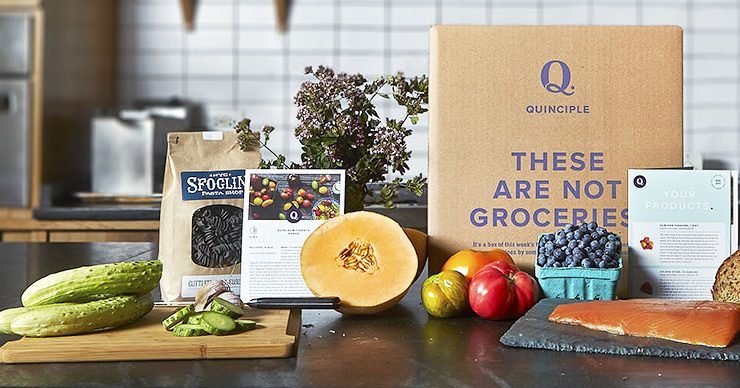
Quinciple
In the fall of 2013, Quinciple looked like a runaway hit. The food delivery business, which Kate Galassi co-founded that February with architect-turned-entrepreneur Markus Jacobi, had more than 700 subscribers in New York City; each member paid about $50 a week for a home-delivered, hand-curated box of food, enough to make two two-person meals. The reviews were strong. (Her weekly choices, wrote Edible Brooklyn, “feel like they’re put together by Alice Waters herself.”) The subscriber list seemed to grow by word of mouth alone.
But a year later, the magic was gone. Orders had slowed, churn was high, and Quinciple was nearly out of cash. “We tried raising money and could only put together about half of what we needed to raise,” Galassi says. “At that point, the choices were pretty limited, and it looked like we were going to close.”
In the end, Galassi found an eleventh-hour buyer in David Robinov, investor and owner of Farm to People, an online marketplace for small food product vendors. Though he picked up a floundering business cheaply, Robinov sees an opportunity to create synergy between two brands: he hopes Farm to People’s robust non-perishable offerings and national reach will pair well with Quinciple’s attractive branding, strong local roots, and deep network of perishable goods suppliers. It’s a bet that cross-promotion will allow for enhanced product opportunities and economies of scale that will make both brands more profitable.(Quinciple’s newly-relaunched website prominently plugs Farm to People.)

Quinciple and Farm to People are now a co-branded enterprise, a move that owner David Robinov thinks will have benefits for both brands
The original founders left voluntarily, and both now have roles related to a problem that plagued Quinciple: distribution. Jacobi is a consultant for food startups (especially ones with logistics dilemmas), and Galassi’s helping a U.K.-based produce distributor opening up shop in Brooklyn.
As she moves into her now role, Galassi offers up her Quinciple postmortem. Here are the entrepreneurial lessons she learned, the problems she never quite solved, and the missed opportunities that might have made a difference.
Lesson #1: You’re not the exception. You do need marketing
Everyone wants to believe that if you have a great product, the world will beat a path to your door. And Galassi, who cut her teeth as a forager for well-known restaurants like New York’s James-Beard-Award-winning Spotted Pig, thought New Yorkers would flock to Quinciple.
“I had a strong food background and an awesome network in New York,” Galassi said. “That, combined with an innovative product and the right press, and we grew steadily through word of mouth alone for more than a year.”
The banner first year led to mistake number one: The team hadn’t budgeted for marketing. When, about a year after launch, growth slowed dramatically—and the company realized it needed to start marketing, fast—they couldn’t really afford to advertise. They spent four months trying to make a hire and put a plan into place, but it was already too late.
“By then,” Galassi says, “we barely had any money left.”
Looking back, Galassi says she didn’t understand the full role marketing would come to play. Yes, it was necessary to bring in new customers. But it might also have helped with Quinciple’s central problem: the weekly box was priced too low. If Galassi wanted to sell a more expensive product, she needed advertising to help make her case.
“Quinciple was about the quality of the ingredients, saying we’ve got this person whose full-time job it is to talk to farmers and get you really great stuff,” she says. “But it was also: we’re going to deliver to your door. It’s going to be in season. We’ll package everything so that it stores well. The ingredients will work really well together, and we’ll give you tips and ideas about how to make the food work for you.
“All that’s going to cost more than going to Trader Joe’s. And when the person has to decide between Trader Joe’s and Quinciple, they need to be reminded why Quinciple costs more. Having a marketing campaign about the value proposition of your service is really important.”
Lesson #2: Home delivery? Way too expensive. Pickup points? Much better.
From the outset, Quinciple didn’t properly gauge the costs of home delivery. “We never investigated those things before we started, or not in the way we should have,” Galassi says.
It’s hard to vet a financial model before you start, when everything’s still hypothetical. But in the absence of hard data, Galassi says, you have to go out and talk to people. Comparable businesses or suppliers may be willing to give a sense of what kinds of costs or margins to expect. Galassi found that investors were especially candid and knowledgeable about the economics. The consensus of those conversations: Things didn’t look good for Quinciple. “This part of the industry is having a hard time,” Galassi says. “It’s nearly impossible to charge what it costs to do home delivery, and doing it in-house does not make sense for almost anybody.”
The problem stems from unreasonable consumer expectations. “People think if we’re going to have home delivery, we should be able to offer it seven days a week, six delivery slots a day, and it should cost five dollars,” Galassi says. A tiny operation compared to Fresh Direct or Blue Apron (let alone Amazon), Quinciple couldn’t offer 24/7 convenience. At launch, the company delivered on Thursdays only, with just two time-slot options—afternoon and evening. But it was still too expensive. A home-delivered Quinciple box costs the consumer $49.90. Galassi says her cost of goods sold—ingredients, packaging, printed materials—was often as much as $35 per box. That gave her an already-tight gross margin of 30 percent.
Then came delivery. The Fresh Connection, a New York-based logistics company specializing in last-mile delivery, charged $1 to $1.50 to bring the boxes from the Quinciple warehouse to the headquarters of Revolution Rickshaws, their logistics company, a few blocks north and west of Madison Square Garden. Revolution charged around $7 a box to pedal orders to subscribers by freight trike. That left $6.90 per box, 12 percent, for Quinciple, which still had overhead and other expenses to deal with. “There’s just no way that math works,” Galassi says.
Almost by mistake, she stumbled on a better solution. When Galassi heard that the local food delivery company Good Eggs was planning to launch in Brooklyn in 2013, the Quinciple team decided they needed to be there first. (At the time, Quinciple only delivered to Manhattan.)
“We wanted to get into Brooklyn as quickly as possible,” Galassi says, “and the easiest way to do that was to have pickup spots.”
Bringing boxes to 15 locations around the city was a simple logistical task, something Quinciple could handle in-house at much less than a dollar per box. Though they charged less for pickup orders—only $42.90 per box, a discount equal to the $7 per box they weren’t paying Revolution Rickshaws—Quinciple’s post-delivery margin on a good week was close to 20 percent. Not great, but significantly less bad.
So why not switch the whole business to pickup points? Galassi says Quinciple didn’t act soon enough, missing a crucial window of opportunity. “Six months in, you still have a ton of room to make big changes—anyone who is going to be your customer in the future is not your customer yet,” she says. “I really wish that we had done a much better job of increasing our prices, and focusing on pickup instead of delivery. We could have done a huge pivot six months in with almost no blowback, but by the time we realized we needed to do it, it was too late.”
Home delivery was a core part of Quinciple’s original identity, so it’s not surprising that the company focused on making delivery work instead of thinking about a new pickup-oriented model. But today Galassi wonders what would have happened if they had made a different move.
“You have to be willing to sacrifice something that you personally really like in order for the whole thing to work better,” she says.
“We’re still struggling with the delivery model,” Robinov says. “The cost structure just wasn’t set up properly.”
Lesson #3: Know your customers. It’s never too soon to collect data
Instead of switching from delivery to pickup, Quinciple had another option: they could simply have raised prices.
“I thought that doing between an 8 and 12 percent price increase, along with some other pretty significant changes, would have given us the best shot of turning the company around,” Galassi says. But the company felt powerless to do so. Why? They didn’t know enough about their customers. Would the customers respond well to a modest price increase? Would they quit the service right away? Without data, the Quinciple team had no idea.
“We should have prioritized collecting data from our customers about their ordering habits and preferences,” Galassi says. “When it came time to make decisions about the price, we had no way of knowing whether most people viewed the product as a luxury or an essential. We were just kind of guessing.
“Analytics and knowing about your customers is really important, and it’s not something you can just decide to make important. It has to be important from day one, otherwise you’re screwed.”
Today, Robinov, the current owner, still feels the effects of this mistake. “It was one of the biggest pain points,” he says. “They really had no customer data. That’s something I just keep pounding my head into the wall about. How do we get all that? How do we reach out and touch our customers? We’re going through that process now: reaching back to our old subscribers, sending them surveys. Even picking up the phone and calling them—asking what they’d like to see, offering them a chance to come back with some kind of a deal.”
It’s #cybermonday and we are having our last sale of the year! Enter code welcome20 to get 20% off your first box. ? A photo posted by Quinciple (@quinciple) on
Lesson #4: Talk about failure, not just success
Galassi knows she made a few business mistakes. But there’s one thing she knows she did right: she learned to open up about failure.
In Galassi’s experience, people in the food business can be optimistic to a fault. “The way the conversation always goes is, let’s talk about the best-case scenario,” she says. But after Quinciple’s crop projections went astray in the company’s first year, Galassi started approaching these conversations differently. Instead of only asking farmers what they hoped to provide, she also developed contingency plans.
“I sat down with farmers and said, ‘OK, here’s what we’re hoping for. But what happens when it doesn’t work out the way we all thought it was going to?’” What does failure look like? What might go wrong? What happens if we don’t meet our projections? Galassi didn’t flinch away from the hard topics. And it really helped.
“Once I felt free to start having those conversations, it took a huge weight off my shoulders,” she says. “In every situation, going in, I knew what the protocol would be because we’d already talked about it.”
Galassi wants to see this shift in strategy—plan for failure, not just success—occur throughout the sector. “That’s a reality for local food, especially for farmers,” she says. “Crop predictions are always wrong. If we’re talking about being in this industry, it just has to be a part of the conversation.”
This honest approach had unanticipated benefits, especially during the tough times. “It gave all of my producers so much more faith in me, because they knew I was thinking about how I could be a responsible business partner to them, even if things didn’t go well,” she says, “which sends a hugely important message, I think.”



